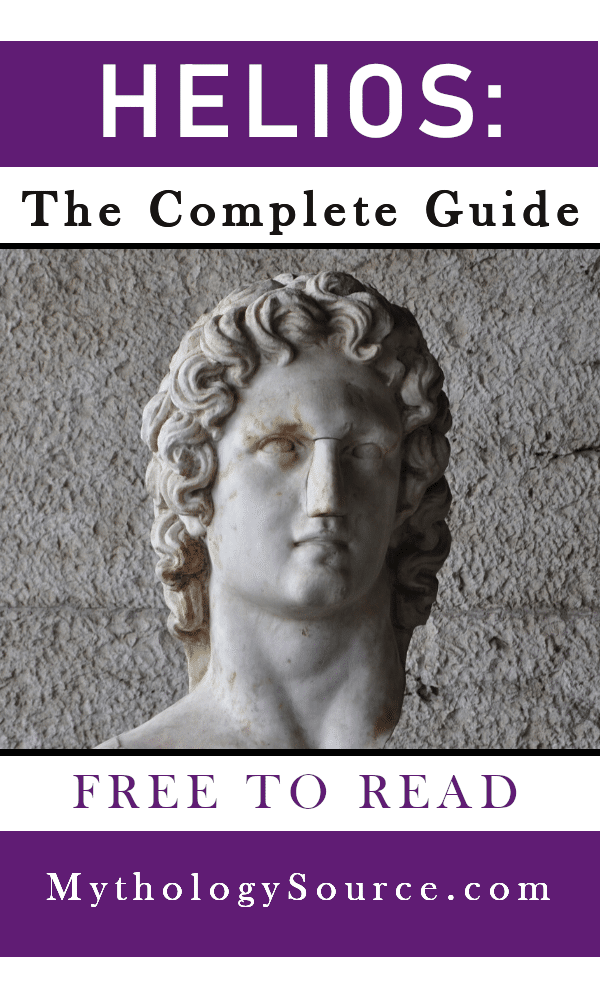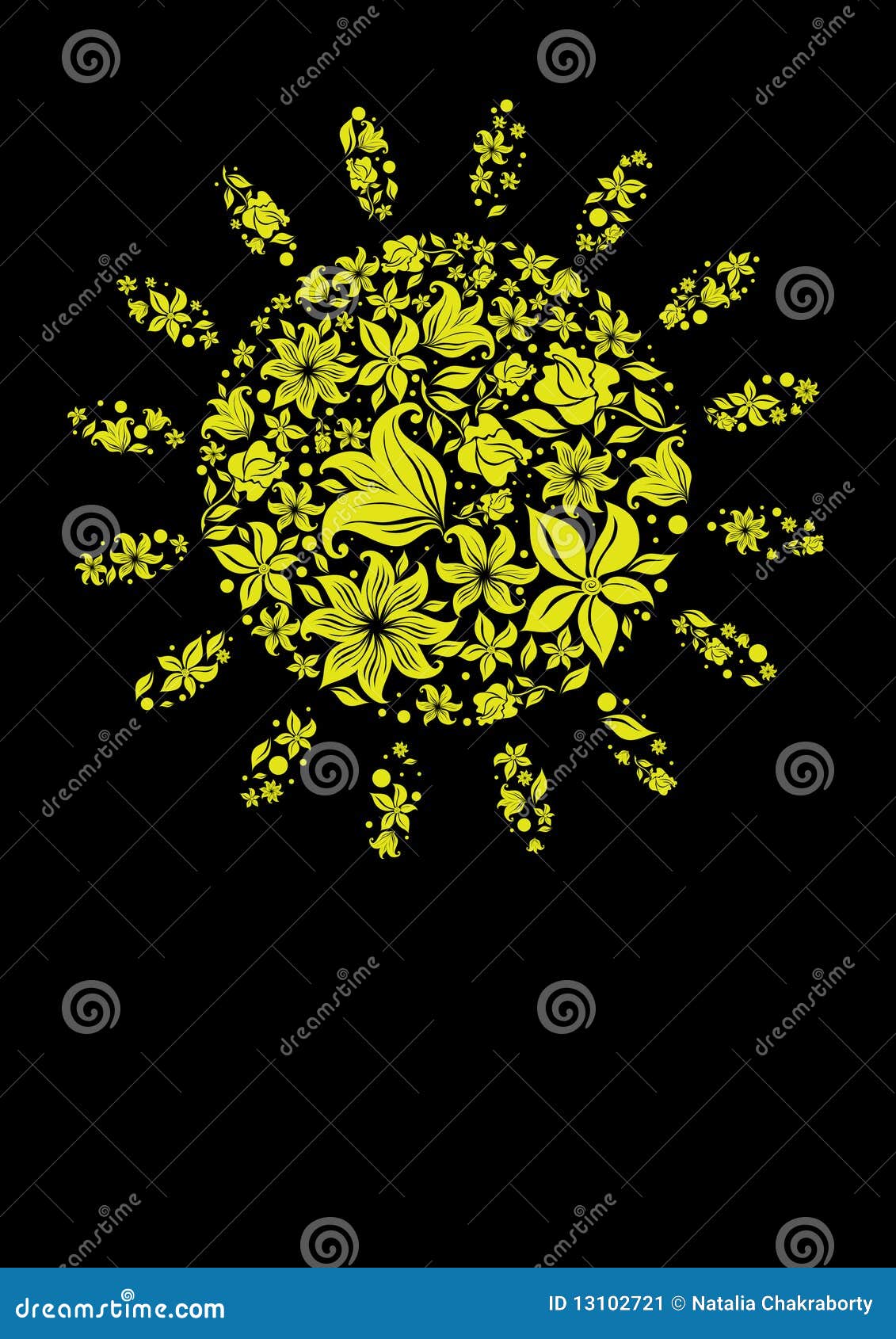

The method to navigate in the site is given in the Home tab.Īt this level it is very difficult to draw a parallel between the concepts of mythology and those described by Sri Aurobindo or by Hindu tradition.Īs the Titans are situated in a level above the gods, they must all be individualised expressions of the supramental. This progression follows the spiritual journey. To fully understand this web page, it is recommended to follow the progression given in the tab Greek myths interpretation. Their children are Helios (father of Phaethon), Selene and Eos. Her name, structured around the character theta, Θ, translates a movement from ‘within’ through which Hyperion is expressed. In addition, the character omega ‘opens’ this consciousness in the direction of matter for a transformation into new states of being. Hyperion is ‘Hyper+IΩ, the highest consciousness’.

Oliver Tearle is the author of The Secret Library: A Book-Lovers’ Journey Through Curiosities of History, available now from Michael O’Mara Books, and The Tesserae, a long poem about the events of 2020.His name itself situates Hyperion at the highest level of the world of the Titans. Or as another poet, Gertrude Stein, once asserted: ‘A rose is a rose is a rose.’ In the nineteenth century, Emily Dickinson – better-known in her lifetime as a gardener than as a poet, because so few of her poems saw publication until after her death in 1886 – gave roses to friends as gifts, and even wrote a poem to accompany one such present:ĭickinson’s poem reminds us, after all, that roses are first and foremost a part of nature, and we have merely superimposed our own associations onto them.

Some words of analysis may therefore be helpful. This is what makes a poem like ‘The Sick Rose’, and a number of other Blake poems, so rewarding but also so mysterious: the imagery contains rich symbolism but it would probably be unwise to reduce such imagery to a simple ‘rose = love’ equation. This makes ‘The Sick Rose’ symbolic, because the rose, its bed, and the worm which destroys it are all clearly representative of something else, but Blake does not tell us what this something else is. Gillham draws a helpful distinction between metaphorical and symbolic imagery, arguing that in ‘The Sick Rose’ Blake does not compare one thing neatly with something else (metaphorical), but rather offers up an image (or collection of images) without telling us what they are to be compared to. In his study of William Blake, the scholar D. William Blake, a contemporary of Burns, still imbued the rose with symbolism even as he painted a more grounded picture of the flower in his ‘The Sick Rose’: So some poets have sought to remind us that roses exist in the real world as actual flowers, pollinated by insects, tended by gardeners, rather than as mere symbols in the pages of poetry books. It was Salvador Dali who quipped that the first person to compare the cheeks of a beautiful woman to a rose was obviously a poet, but the first to repeat it was possibly an idiot. But of course, such comparisons – as Waller and Burns and many other poets have shown – can quickly become familiar, even over-familiar or cliché.


 0 kommentar(er)
0 kommentar(er)
